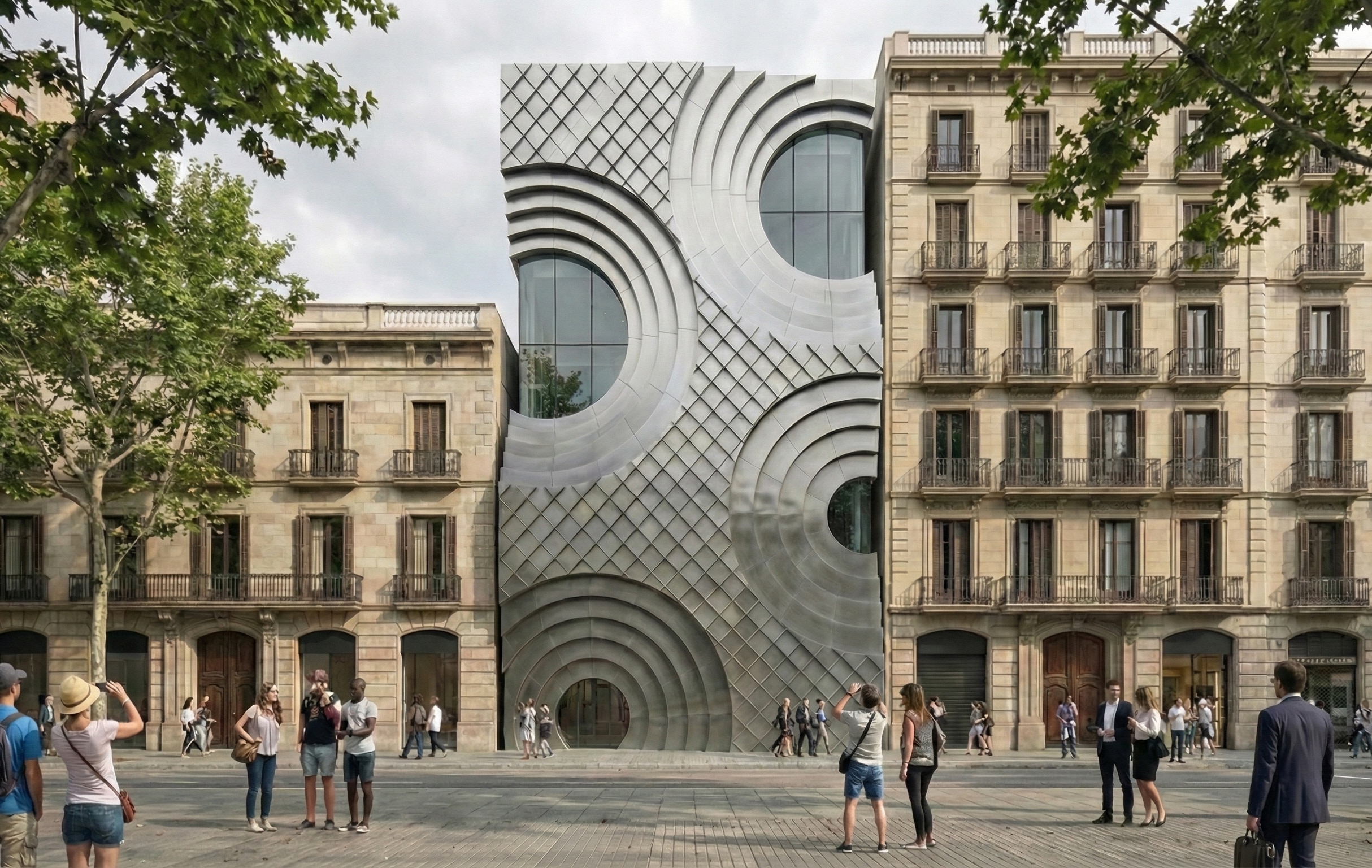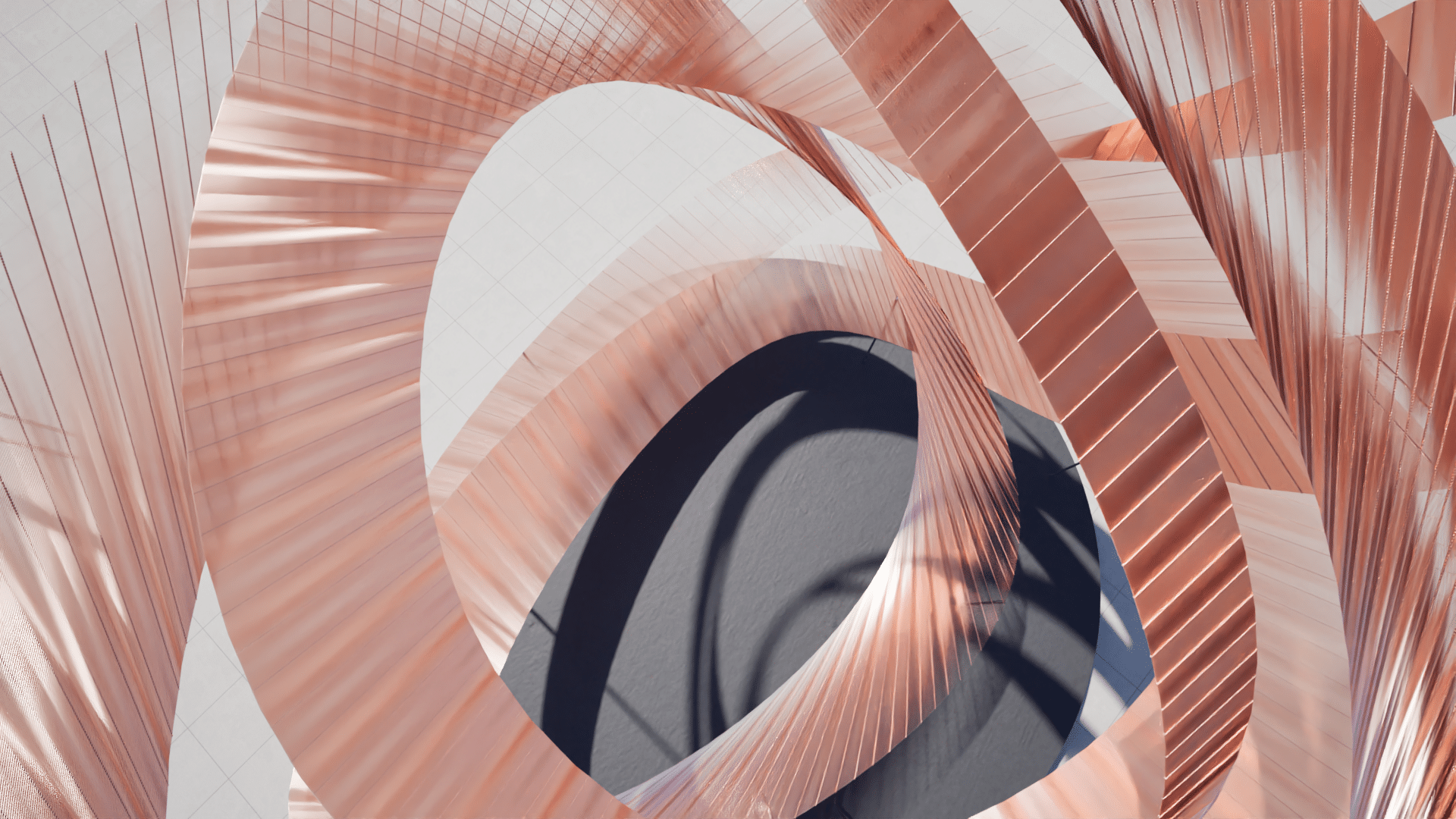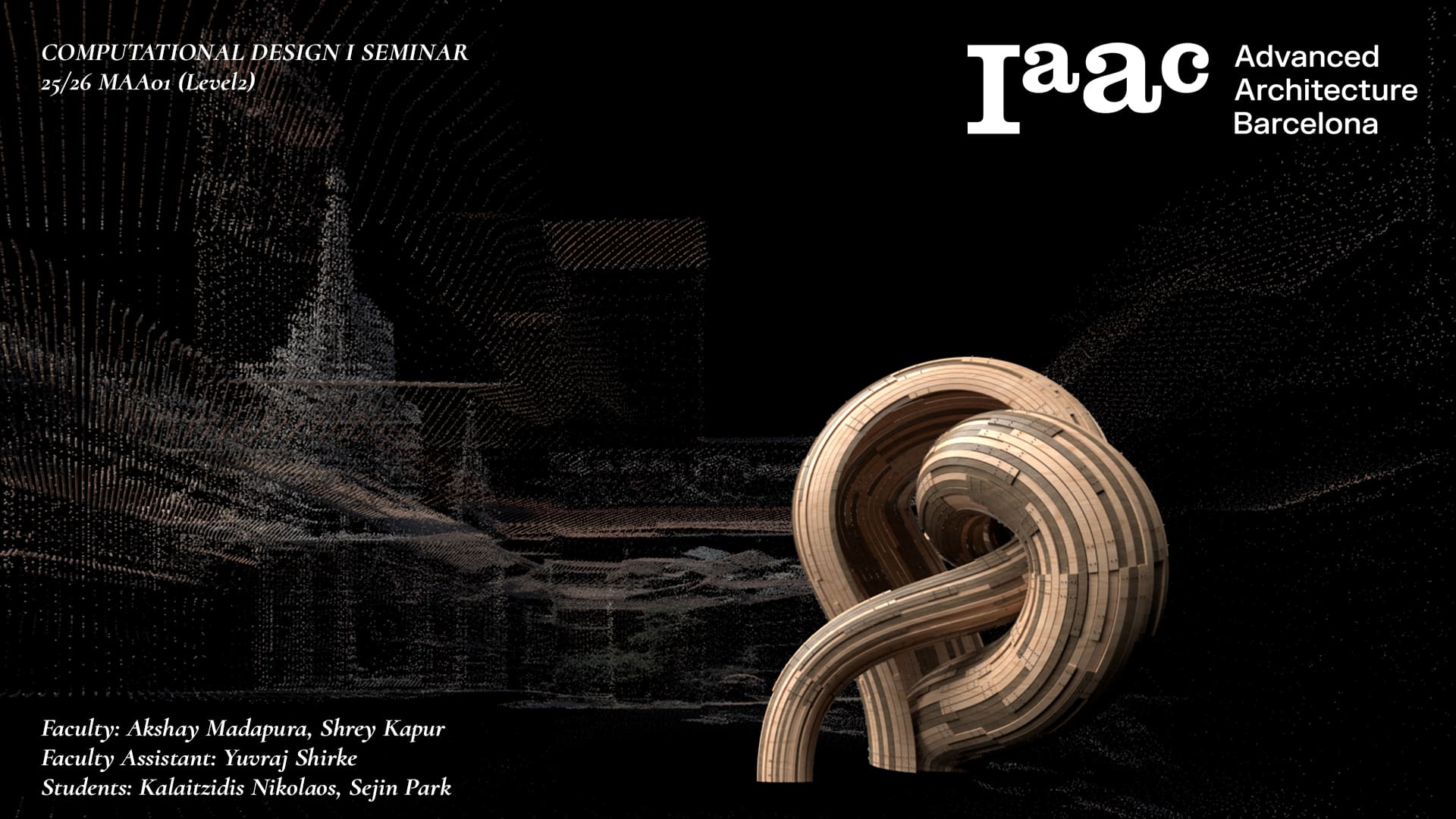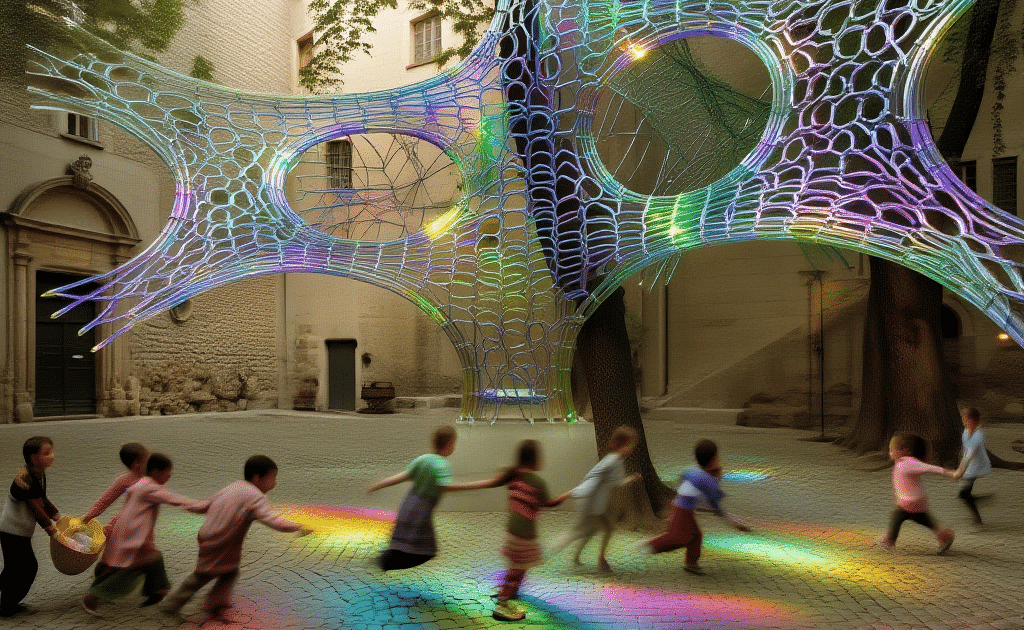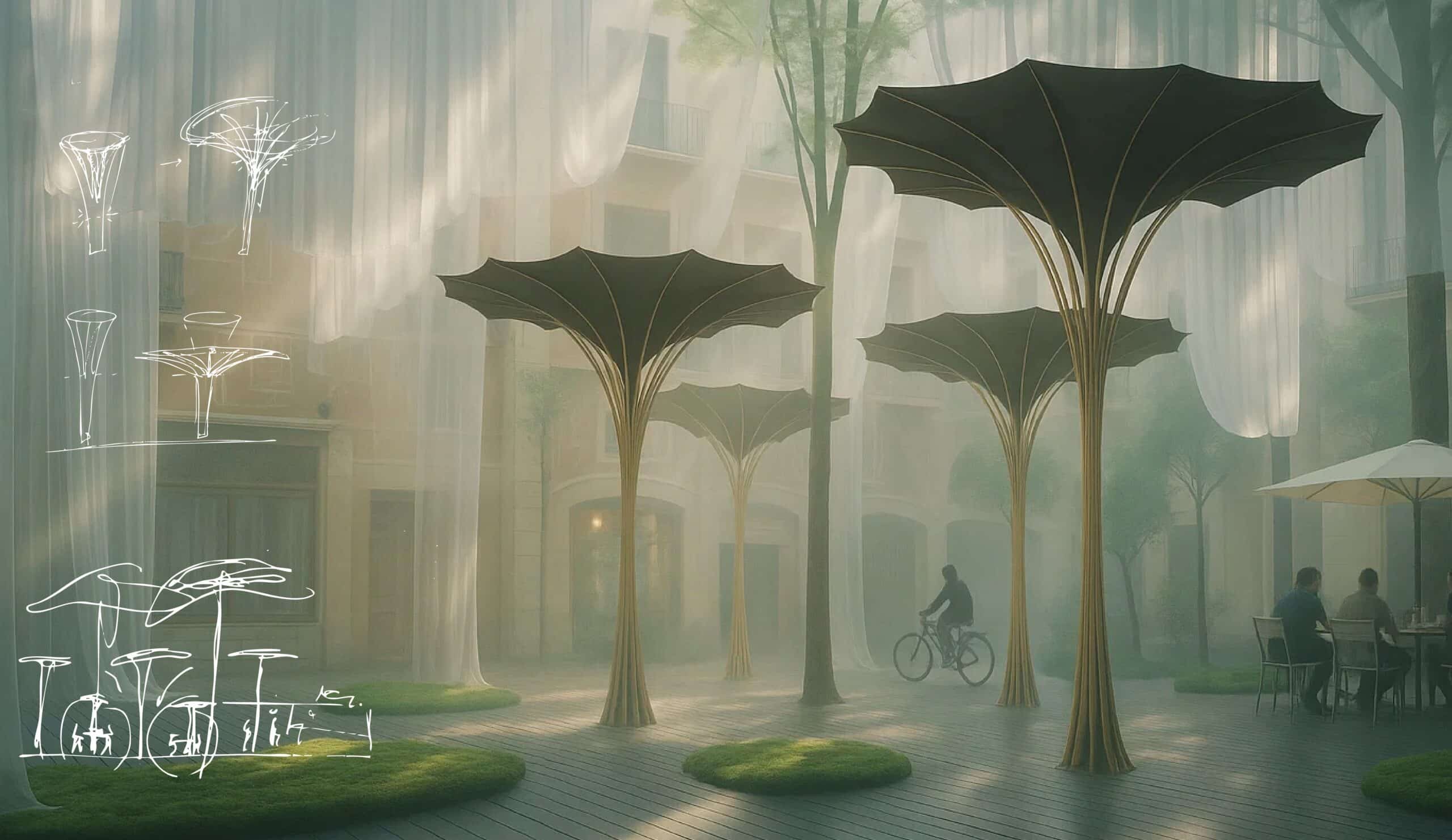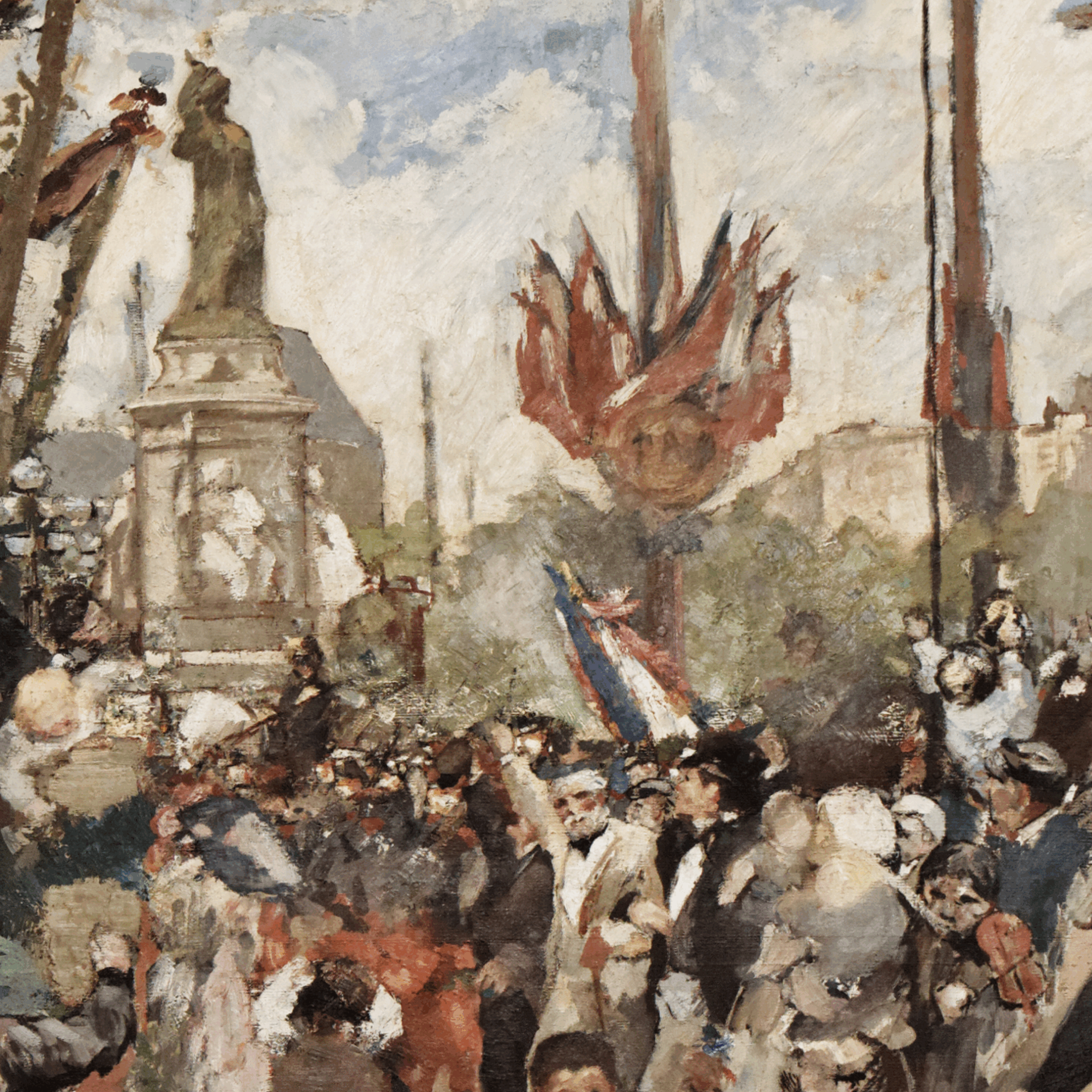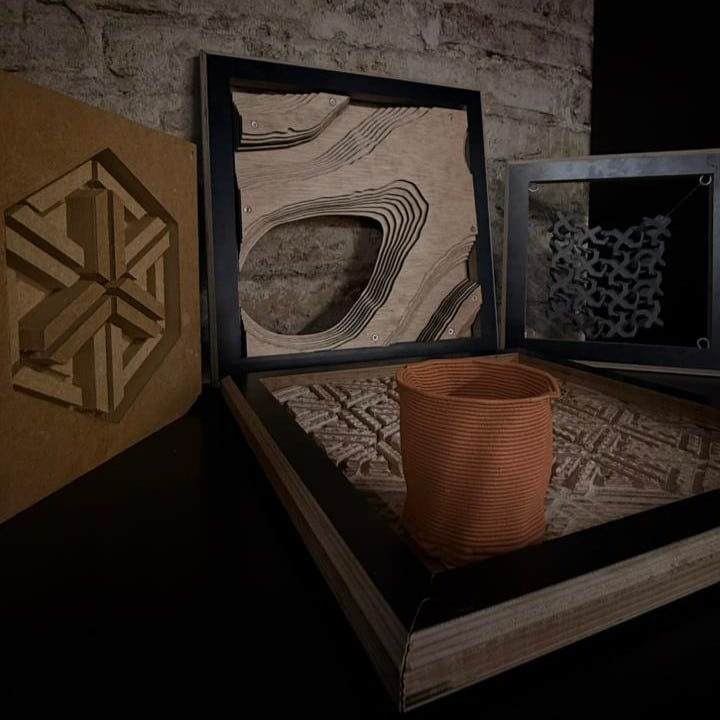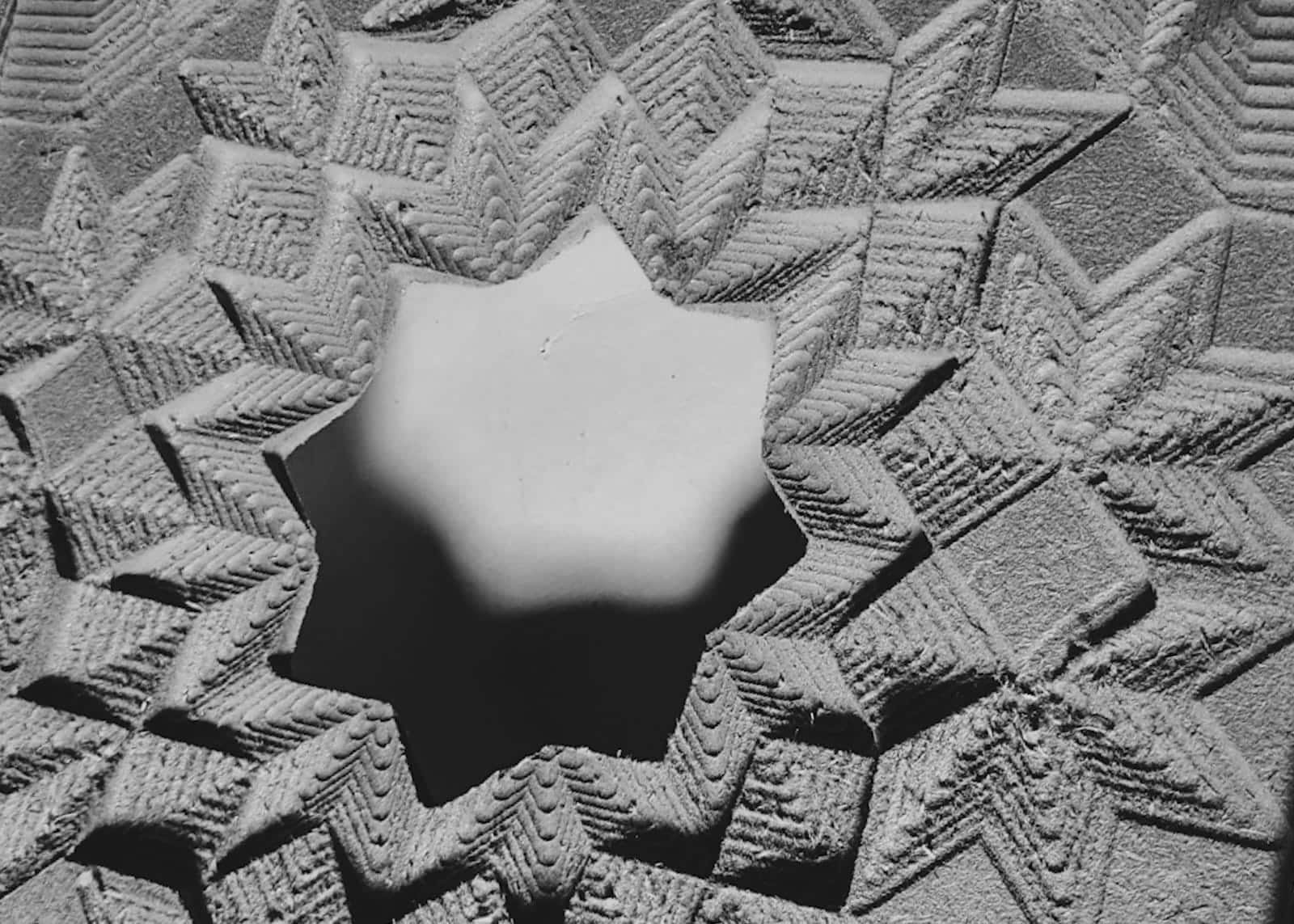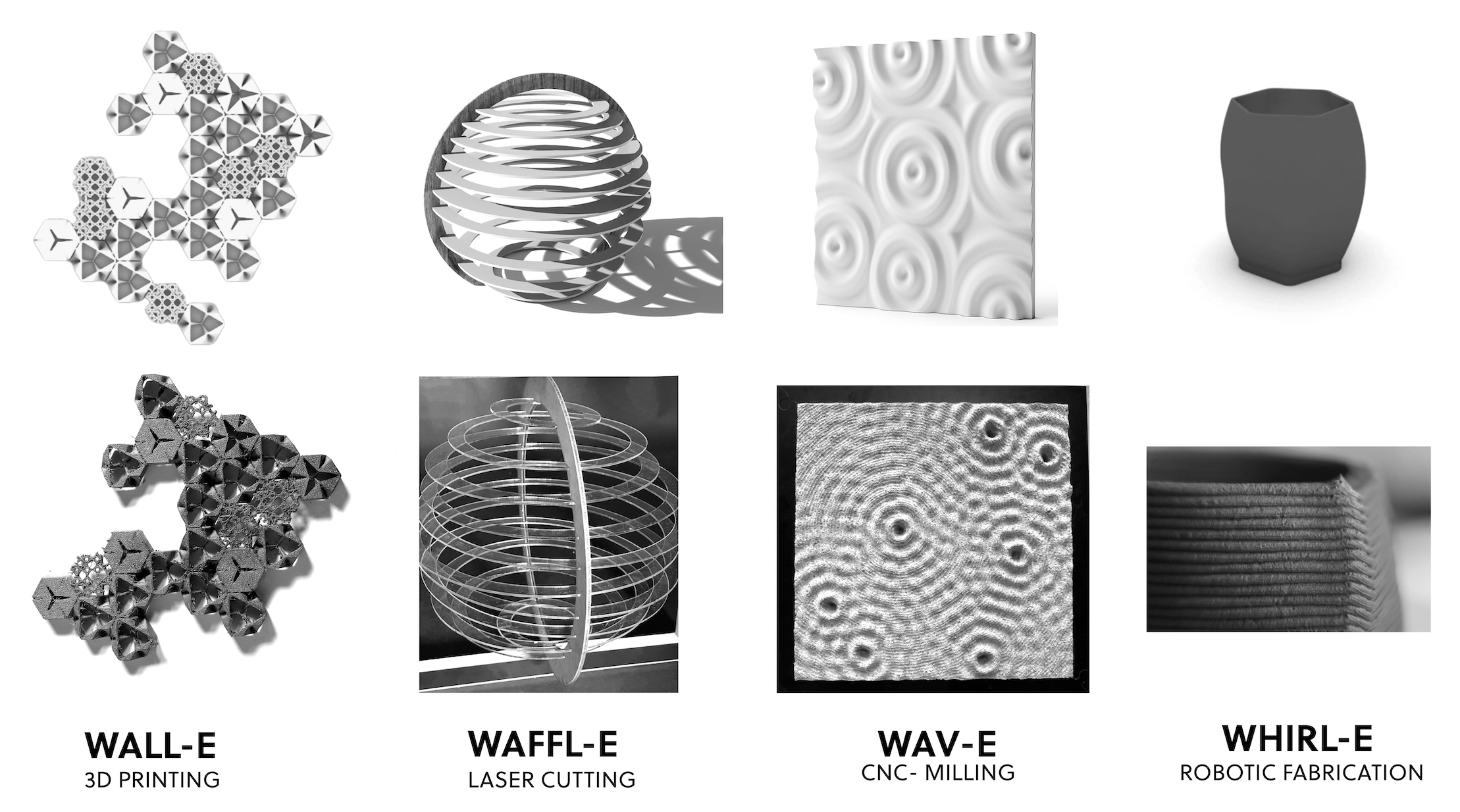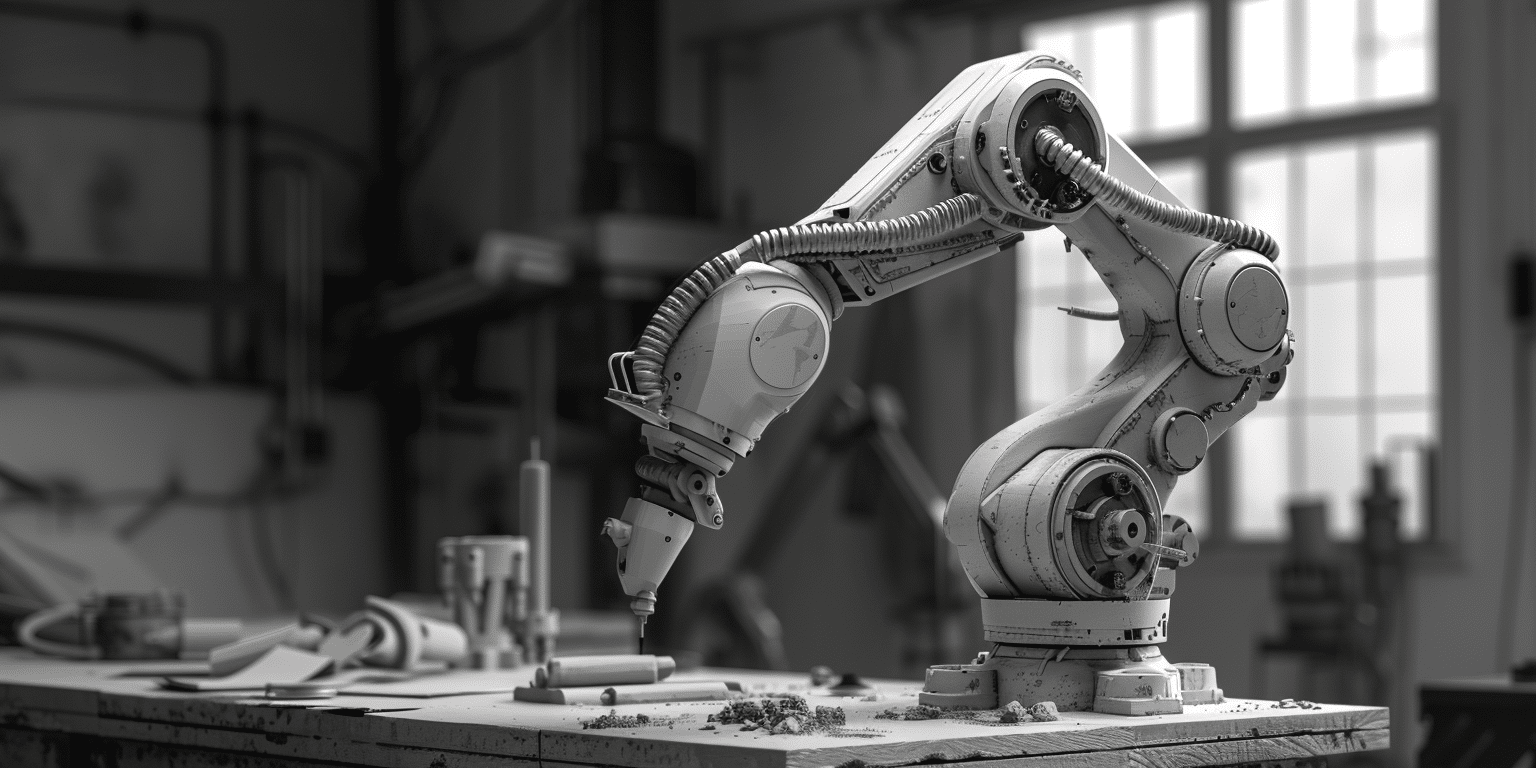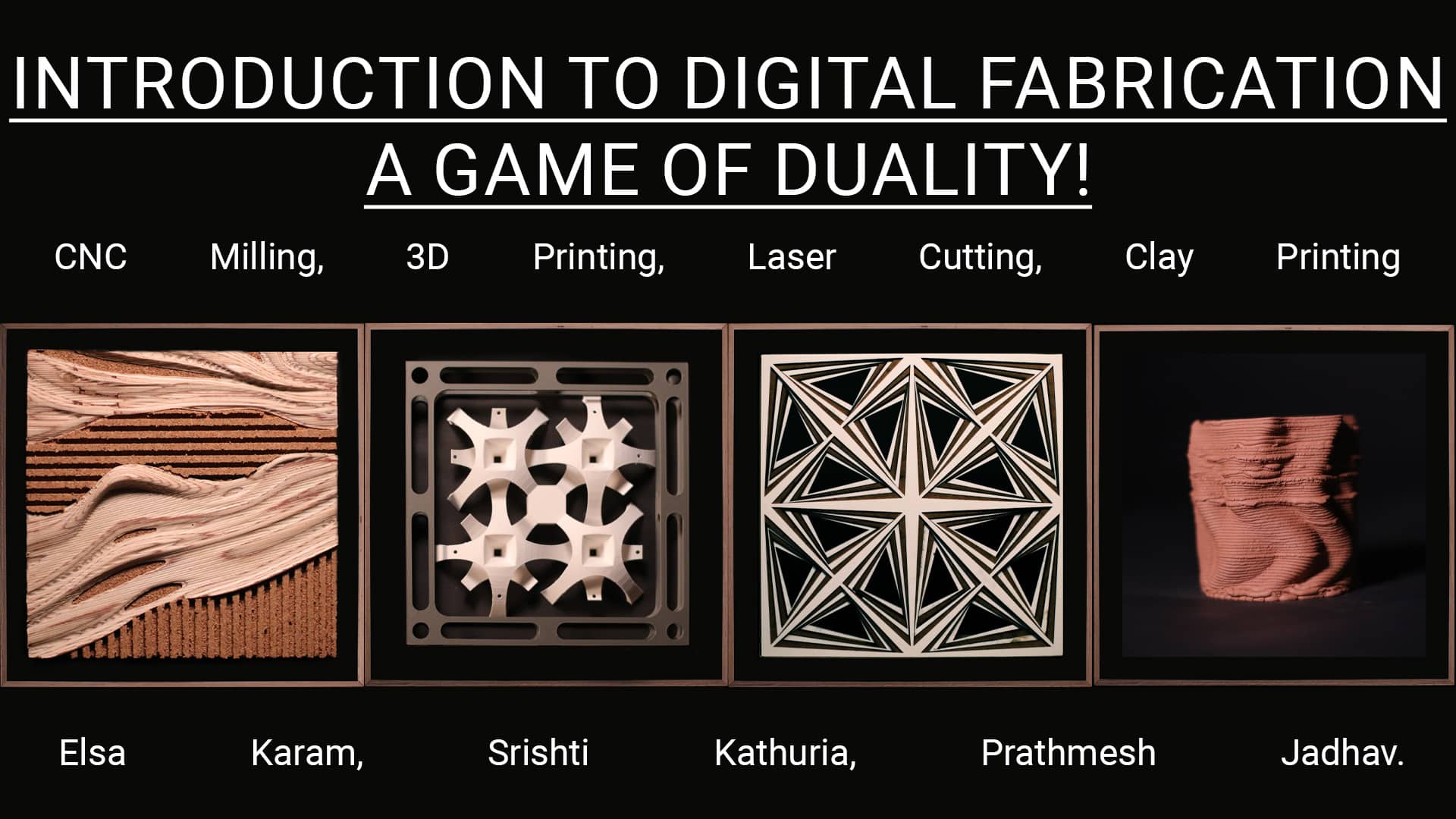Crystalline Aperture
Computational Design Seminar Crystalline Aperture Project Description The Crystalline Aperture Concept: A parametric infill design that reimagines the flat curtain wall as a volumetric “deep skin.” Logic: The form is generated through a vertex displacement algorithm, where a 2D grid is tessellated into 3D pyramidal modules. Impact: This folded geometry functions as a structural double-skin system. … Read more


